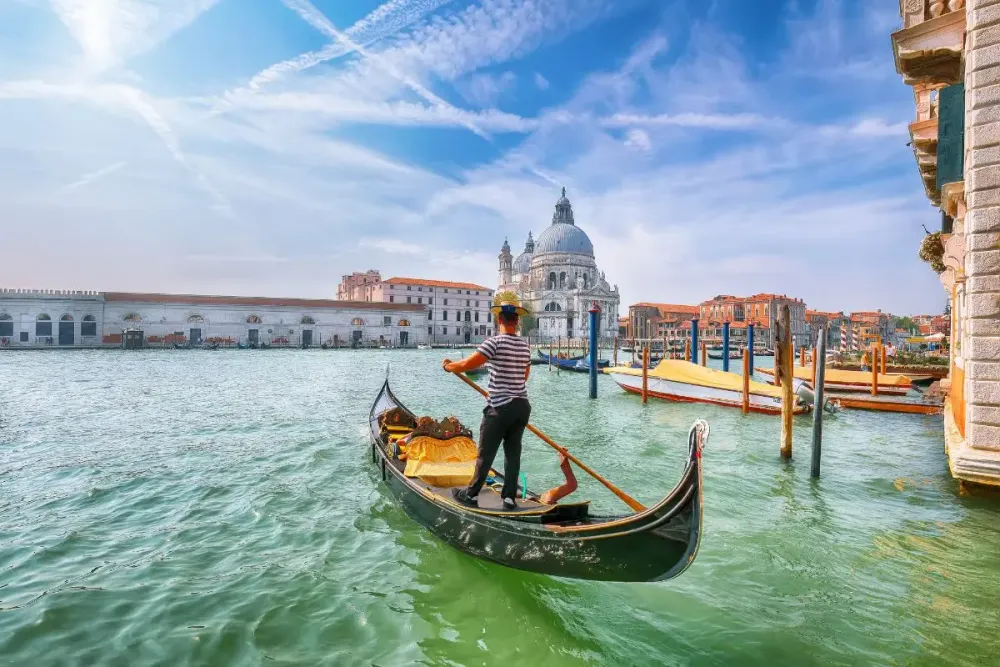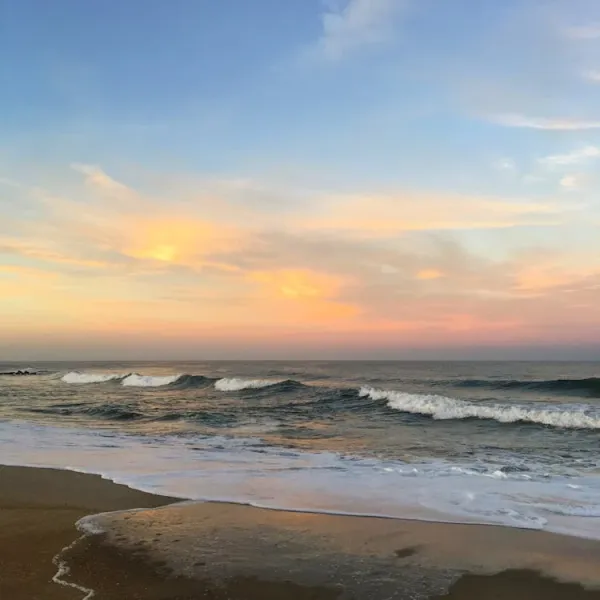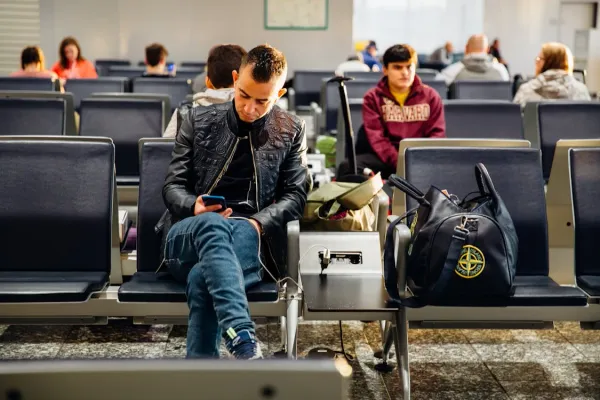How Venice Might Remake Itself as a Contemporary Art Hub
Venice is a city on stilts, emerging from the water like a magic trick. However, this enchantment has led to a serious issue: Venice is now famously overrun by tourists. The local population has dropped below 50,000, while tourist numbers, by some accounts, range between 20 million to 30 million each year. On a typical day, there are more visitors than residents in Venice's ancient streets and canals.
This situation makes Venice feel less enchanting and more like a crowded amusement park — a place losing its true essence to the flood of tourists. Political efforts have been limited, although city officials did introduce a new access fee for day visitors in April. Yet, this fee is expected to cost more to manage than it will earn.
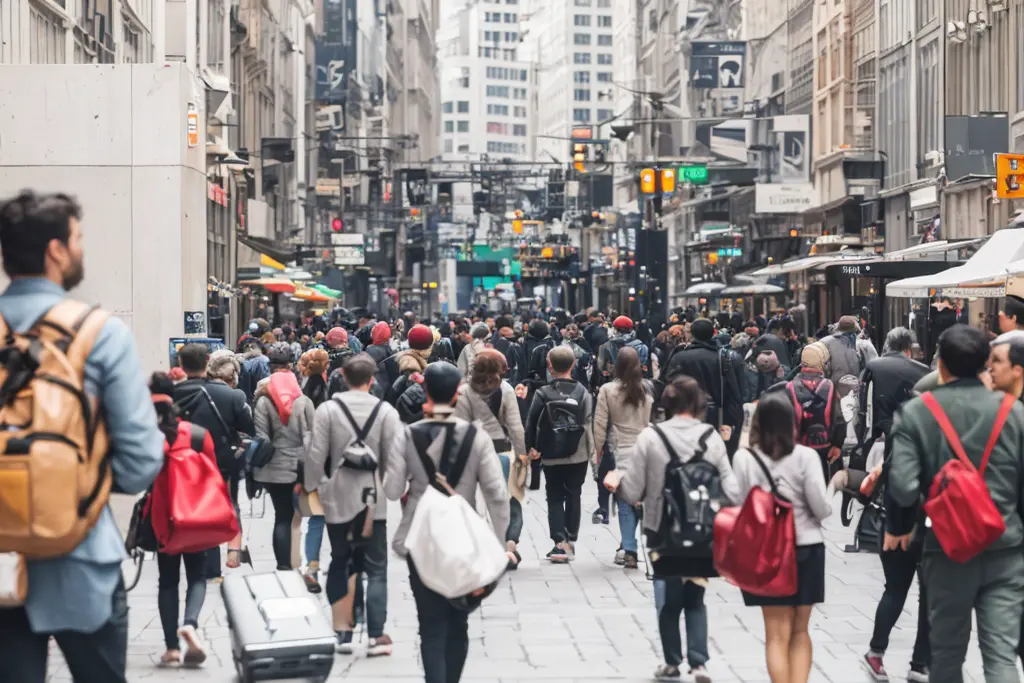
The effectiveness of this initiative is still uncertain. Some experts, like those at the Art for Tomorrow conference in Venice last week, believe that fostering the contemporary art scene might help restore the city's identity.
Venice has been attracting tourists since the Middle Ages, with merchants and religious pilgrims traveling through. However, today's surge in affordable travel has pushed the city into a crisis, with visitor numbers skyrocketing. There are nearly ten times more tourists now than two decades ago, leading to strained infrastructure, environmental stress, and skyrocketing real estate prices.
Vacation rentals are consuming local housing, causing a loss of about 1,000 residents per year in Venice’s center. The current population is less than a third of what it was after World War II. A national law passed in 2022 allowed Venice to limit vacation rentals, but no restrictions have been enforced, despite protests from groups like Ocio, which monitors housing issues.
As tourism overwhelms the city, Venice is experiencing an identity crisis. Without its locals and traditions, what remains of Venice?

During the Art for Tomorrow conference, organized by the Democracy & Culture Foundation, experts discussed how Venice and other popular destinations could be preserved from the overwhelming tourist numbers.
"One of the main reasons for Venice's existence is art and beauty," said Toto Bergamo Rossi, director of Venetian Heritage, an organization focused on preserving the city’s culture. He questioned the mayor's decision on the new access fee, suggesting instead a city reservation system to limit tourist numbers.
Currently, many people hope for Venice’s cultural renewal. In recent years, artists, collectors, and gallery owners have been moving to Venice, opening new contemporary art venues. Many of these newcomers are drawn by the city’s timeless charm and the Venice Biennale.
Founded in 1895, the Biennale has become a key event in the art world, establishing Venice as a hub of contemporary culture. The 2022 edition attracted 800,000 ticketed attendees, a small portion of the city's annual visitors.
As Scott Reyburn noted during the panel, Biennale visitors come for the culture rather than just snapping photos for social media, and their presence helps invigorate the city. Though it doesn't reduce the number of tourists, it does improve the quality of tourism.
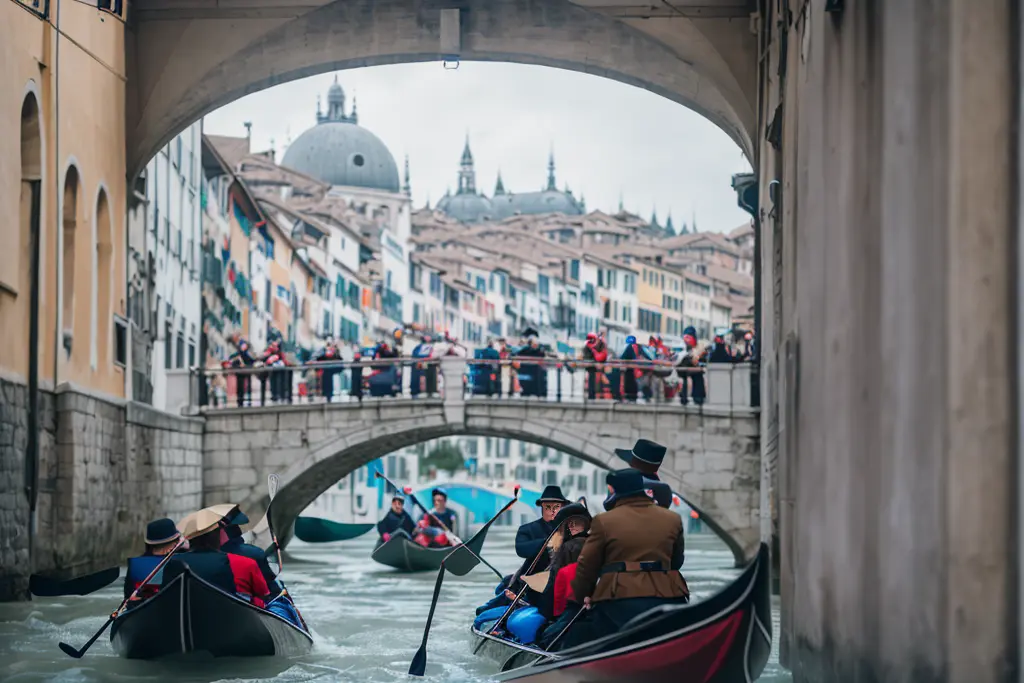
The Biennale also includes exhibitions in various locations around the city, making Venice an attractive venue for new art sites like Berggruen Arts & Culture, Stanze della Fotografia, the Vincenzo De Cotiis Foundation, and galleries such as Lorcan O’Neill, Tommaso Calabro, and Patricia Low.
“Look at where we are now,” said Bergamo Rossi, highlighting that the main venue for the Art for Tomorrow conference, the 18th-century Palazzo Diedo, became an art foundation because investor and philanthropist Nicolas Berggruen was drawn to the city’s cultural essence.
“Venice has an unusual magnetism,” Berggruen remarked in a phone interview.
Over the past year, he has opened two locations of his Berggruen Institute in Venice: Casa dei Tre Oci, welcoming thinkers from various fields, and Palazzo Diedo’s Berggruen Arts & Culture, which debuted with a show featuring site-specific works by artists like Hiroshi Sugimoto, Urs Fischer, and Mariko Mori. The Palazzo also hosts residencies, allowing artists to create and interact in Venice.
Berggruen noted that the city “has always played a role between East and West that goes beyond Italy and Europe.”
He added, “We felt Venice could again be a crossroads for creation and ideas.”
For a city to avoid becoming purely a tourist destination, it needs to be a place worth living in, not just visiting.
Venice, now rich in art advocates, is strengthening its cultural identity. However, it remains to be seen how committed politicians are to limiting vacation rentals and tourist numbers and protecting local businesses increasingly pushed out by tourism.
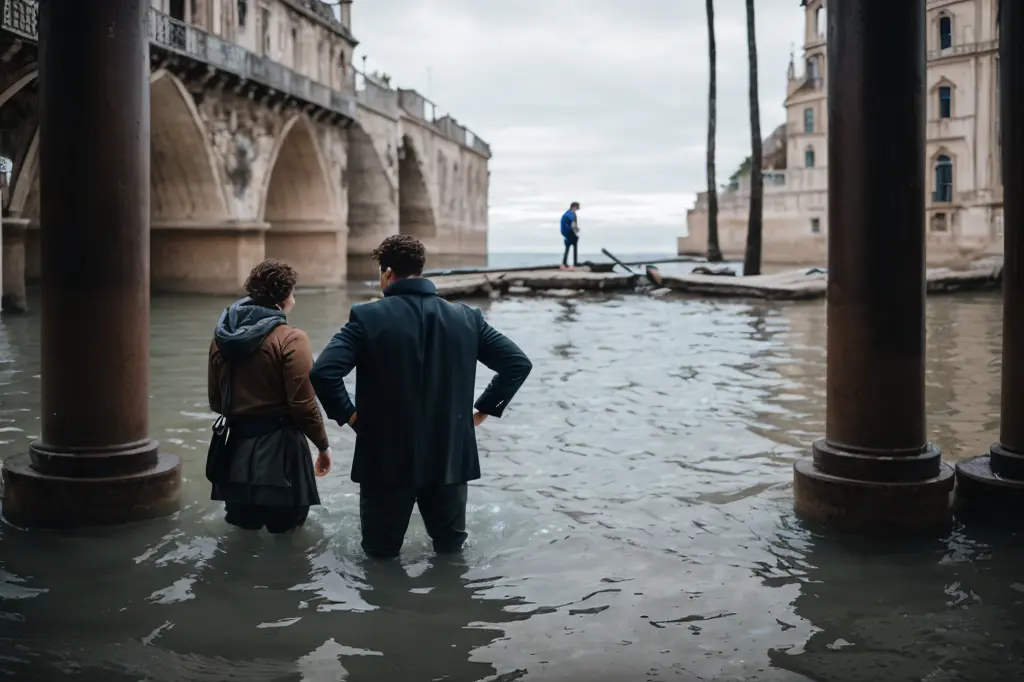
Yet, the flourishing art scene signals a revitalized city.
“Venice shows that human creations can be extraordinary, like a city built on water,” said Paolo Russo, a founder of the Floating Cinema, where art films and performances are showcased to an audience primarily of “Venetians and new Venetians who moved here because they love the city.”
This uniquely Venetian event, Russo added, “creates a shared space dedicated to art — because art creates communities.”


